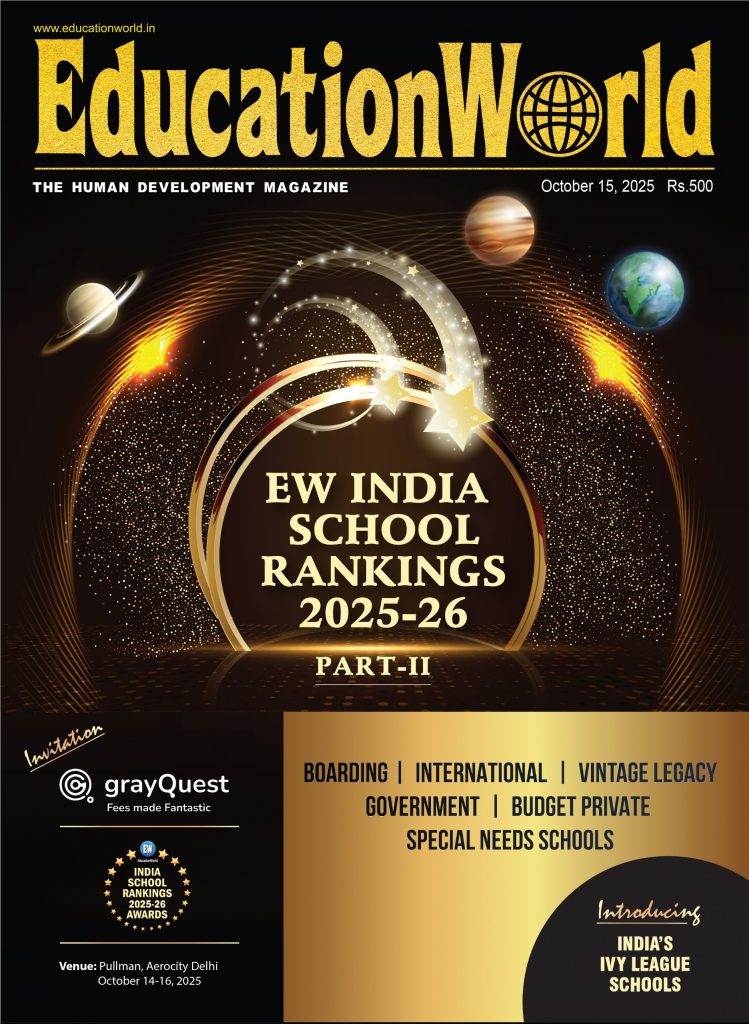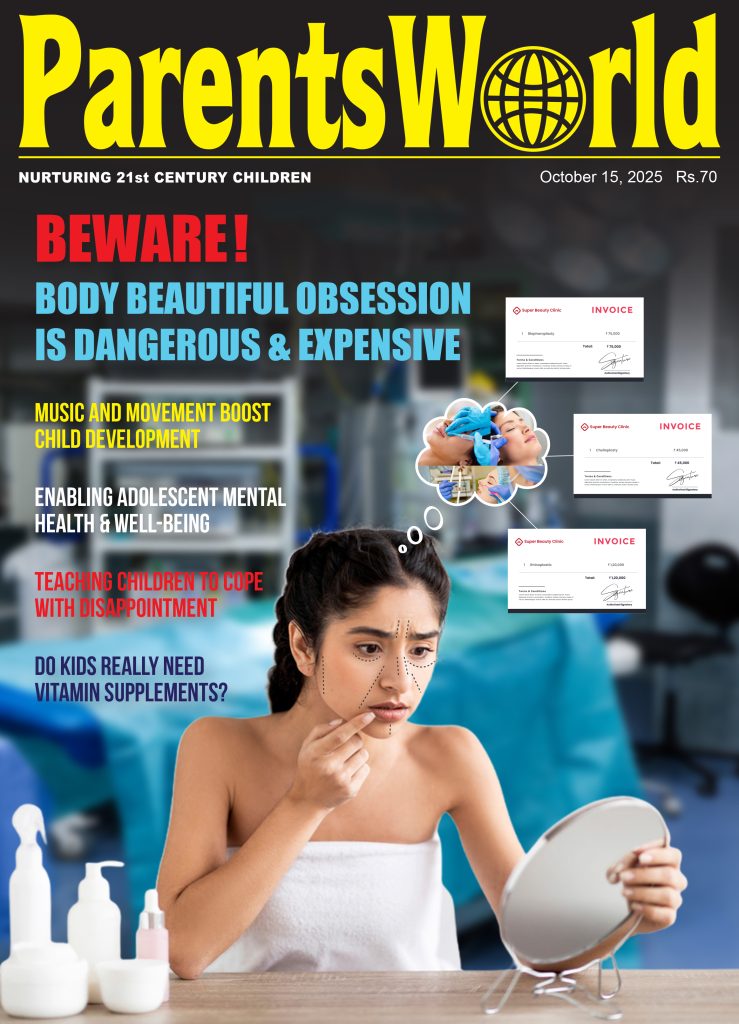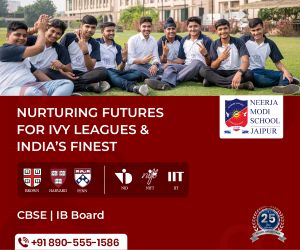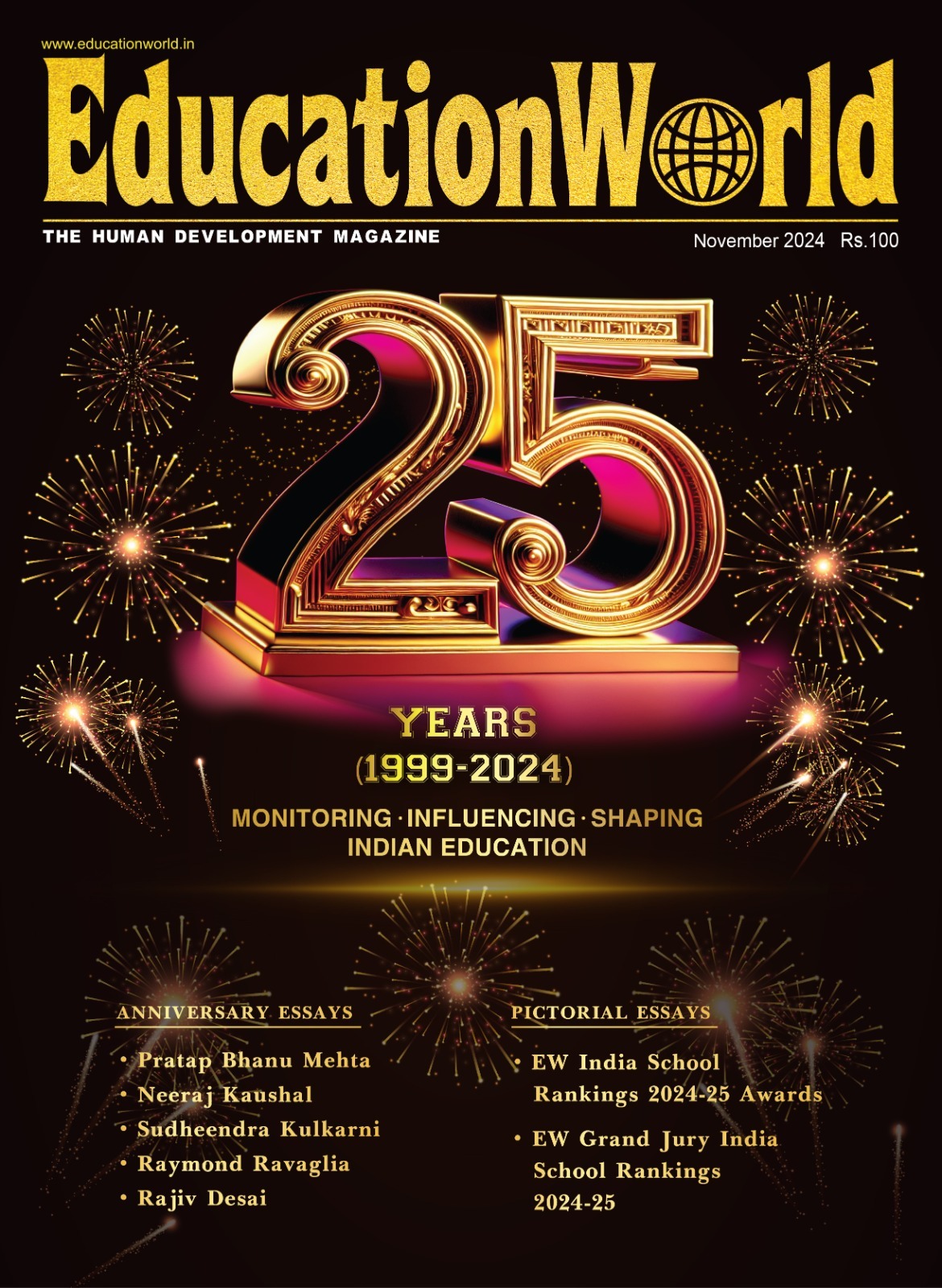South Korea: Waning STEM interest

South Korean medical students: top choice
More South Korean students are opting for medical studies over science, technology, engineering and mathematics (STEM) courses, threatening the country’s position as a science superpower. The number of applicants to Korea’s science and technology institutes — which include the Korea Advanced Institute of Science and Technology, one of the world’s top-ranked universities — fell 28 percent for the academic year 2025, according to a private tutoring company. At the same time, the number of applications to the country’s medical schools rose by 29 percent, says a Jongno Academy report.
The shift follows a decision to increase the number of seats in Korea’s 39 medical schools, which are expected to admit 4,610 students this year, an increase of 1,497 from last year. The policy was introduced by the government in a bid to combat the shortage of doctors in the country but, when first discussed, invoked a long series of protests and strikes from the heavily unionised medical profession.
Medical school seats are coveted in South Korea, with a career as a doctor seen as lucrative and stable. “Traditionally, getting into medical school has always been a top choice for the highest-achieving students,” says Chang Kim, assistant professor at Xi’an Jiaotong-Liverpool University and vice president of the Korean Association of Human Resource Development. “In a society that increasingly values job security, the option of medical school has become an even more attractive ‘safe bet’. It’s a guaranteed path.”
While expansion of medical school capacity could be a key factor exacerbating disinterest in STEM studies, it is far from the only one. Unclear career pathways and perceived instability are deterring factors. Between 2015-20, the employment rate among male STEM graduates fell from 70.2 percent to 64.7 percent, and for women, from 64.1 percent to 58.1 percent.
Similarly, while still relatively high, R&D spending has fallen in South Korea, hurting Ph D students and early career academics whose stipends have been reduced. At the same time, there are widespread reports of poor working conditions and long hours in research environments. “The perception — whether accurate or not — that research opportunities and working conditions in some STEM fields are less than ideal makes these traditionally demanding academic routes seem less appealing,” says Kim.
The trend is adding to concerns about the future of South Korea’s research ecosystem, given the demographic decline confronting the country. In recent years, the government has introduced a number of policies to attract international scientists in an attempt to counteract the impact of its ageing population, but the country faces stiff competition from neighbours China and Japan. “If our brightest minds are turning away from STEM fields, we’re inevitably going to see a decline in the quality of our research talent pool,” says Kim. “And that’s very likely to translate into a weakening of South Korea’s overall competitiveness in science and technology.”
(Excerpted and adapted from The Economist and Times Higher Education)

















Add comment